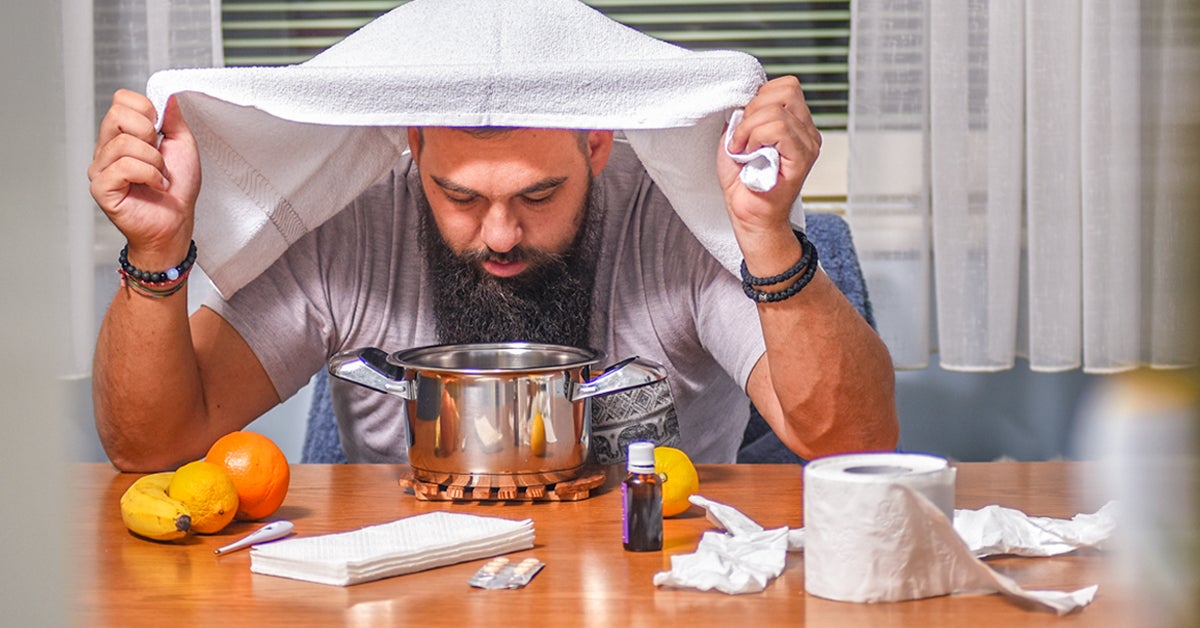What Causes a Stye and How You Can Treat and Prevent One
Styes can be uncomfortable and annoying. Even if you take great care of your eyes, you can still get them.
Styes are caused by a bacterial infection in an oil gland or hair follicle on your eyelid. These glands and follicles can get clogged with dead skin cells and other debris. Sometimes, bacteria get trapped inside and cause an infection. This results in a swollen, painful lump called a stye.
A stye is a reddish lump on the outer edge of your eyelid. It's filled with pus and inflammatory cells produced when a clogged gland or follicle becomes infected. It's tender to the touch and can be very painful.
Doctors call a stye (sometimes spelled 'sty') a hordeolum.
types of styeA stye can be on the outside (external) or inside (internal) of your eyelid.
- External styes. Much more common than internal styes, most external styes start in an eyelash follicle. Occasionally, they start in an oil (sebaceous) gland. They're located on the outside edge of your eyelid.
- Internal styes. Most of these begin in an oil (meibomian) gland within your eyelid tissue (meibomian gland). They push on your eye as they grow, so they tend to be more painful than external styes.
Like a pimple, the pus produced by the infection within the style usually comes to a head. It creates a beige or yellowish spot on top of the stye.
Other symptoms of a stye include:
- eyelid swelling
- yellowish discharge
- sensitivity to light (photophobia)
- feeling like there's something in the eye
- a gritty feeling in the eye
- watery eye
- a crust that forms on the edge of the eyelid
Most styes are caused by Staphylococcus, a type of bacteria that live on your skin and are normally harmless. When the bacteria are transferred to your eye and become trapped in a gland or hair follicle, they cause an infection.
risks for developing a styeTouching or rubbing your eye is the most common way for bacteria to be transferred. Some factors that increase the risk of bacteria entering your eye include:
- having itchy eyes from hay fever or allergies
- inflammation of your eyelid (blepharitis)
- using contaminated mascara or eye liner
- leaving makeup on overnight
- skin conditions, such as rosacea and seborrheic dermatitis
- some medical conditions, like diabetes
- anything that makes you more likely to rub your eye, such as not getting enough sleep
Eye infections are frequently caused by improper care or use of contact lenses. Behaviors that increase your risk of a contact lens-related infection include:
- improperly cleaned contacts
- touching contacts before washing your hands
- wearing contacts while sleeping
- reusing disposable contacts
- using contacts after they've expired
Your risk of getting a stye is increased if you've had one previously. Styes can also reoccur after they've healed.
Some ways you can lower your risk of getting a stye include:
- Avoid touching or rubbing your eyes.
- Take medications to relieve itchiness from hay fever or allergies.
- Treat blepharitis, rosacea, and seborrheic dermatitis.
- Keep contacts clean and disinfected.
- Wash your hands before touching contacts.
- Don't reuse disposable contacts.
- Wash your hands with soap and warm water, or use a hand sanitizer that contains alcohol.
Some precautions to take while you have a stye include:
- Wash your hands frequently.
- Avoid wearing mascara or eyeliner.
- Discard all old makeup.
- Don't wear contact lenses.
Styes aren't contagious, but bacteria can be transferred through infected makeup. You should never let anyone else use your makeup, especially mascara and eyeliner.
makeup safetyReplace makeup regularly according to the following general guidelines:
- mascara that's used daily, every three months
- mascara that's used occasionally, every six months
- liquid eye liner, every three months
- solid eye pencil, every two to three years
Your doctor can usually diagnose a stye by looking at it. No special tests are needed.
Styes usually get better without treatment. Occasionally, a problem that requires a doctor's evaluation occurs, such as:
- your stye doesn't start to improve within a few days
- the drainage contains a lot of blood
- rapid growth
- there's a lot of swelling
Increased swelling or new signs of infection could mean you're developing a severe infection.
see your doctor immediately if:
- your vision is affected, which could mean the infection is spreading in your eyelid
- you develop swelling and redness around your eyes, which could indicate the infection has spread to the skin around your eye (periorbital cellulitis)
Never squeeze or try to pop a stye. It can spread the infection to the rest of your eyelid.
Most styes go away on their own in about a week. Topical antibiotic can be used if the stye isn't healing.
A warm compress is the primary home remedy for a stye. You can make one by soaking a washcloth in hot water until it's as warm as you can tolerate without burning your skin.
A warm compress can:
- help liquify the hardened material in a stye, allowing it to drain
- draw the pus in an external stye to the surface where it can come to a head before bursting
- unclog the gland, providing a drainage route for the pus and debris especially in internal styes
The American Academy of Ophthalmology recommends using a compress for 10 to 15 minutes three to four times a day when you have a stye. Using a compress once a day can prevent a new or recurring stye, if you're prone to getting them.
Massaging the stye during or after the warm compress helps break up the material in the stye so it can drain better. Use your clean fingertips, moving in a circular pattern.
Gentle shampoo or mild soap on a cotton swab can be used to remove drainage and crusting. A small amount of blood may be present in the drainage, which is normal. If there's a lot of blood, see your doctor right away.
If your stye persists despite warm compresses and topical antibiotics, your doctor may perform incision and drainage. This procedure is done in the doctor's office.
After numbing your eyelid, the doctor makes a small incision and drains the pus and debris. The material that's removed is usually looked at under a microscope to verify it's not a very rare but treatable cancer called a sebaceous carcinoma.
Sometimes a stye doesn't completely heal and your body walls it off to contain the inflammation. This results in a rubbery lump on your eyelid called a chalazion. It looks like a stye but isn't tender or painful. Unlike a stye, it's caused by inflammation and not an infection.
Styes develop when a clogged gland or hair follicle on the edge of your eyelid becomes infected. They're very common especially in people who frequently rub their eyes or don't clean their contacts properly.
Styes can be quite painful, but they usually go away on their own. Warm compresses can help them drain and heal more quickly.
A stye that doesn't start improving in a couple of days, causes vision problems, or bleeds heavily should be evaluated by your doctor.
-
 6 interesting genetic traits that children will inherit from their parents
6 interesting genetic traits that children will inherit from their parents
-
 7 effects of asparagus on child development
7 effects of asparagus on child development
-
 Does cutting blood hair for babies bring good luck?
Does cutting blood hair for babies bring good luck?
-
 The more babies eat, the higher the height they develop, especially the second kind
The more babies eat, the higher the height they develop, especially the second kind
-
 Children with chicken pox should eat to quickly recover from the disease, without leaving a deep scar?
Children with chicken pox should eat to quickly recover from the disease, without leaving a deep scar?
-
 The more food is cooked, the better it can be for health, especially the second type
The more food is cooked, the better it can be for health, especially the second type
-
 Essential Oils for Fever: Benefits, Side Effects, When to See a Doctor
Essential Oils for Fever: Benefits, Side Effects, When to See a Doctor
-
 You'd Be Surprised How Long It Takes for Probiotics to Work
You'd Be Surprised How Long It Takes for Probiotics to Work
-
 What Is the Average Weight for a 12-Year-Old?
What Is the Average Weight for a 12-Year-Old?
-
 I Was Obsessed with Tanning for Years. Here's What Made Me Finally Stop.
I Was Obsessed with Tanning for Years. Here's What Made Me Finally Stop.
-
 Swap Out Your Morning Coffee for a Cup of Cold Brew Yerba Mate
Swap Out Your Morning Coffee for a Cup of Cold Brew Yerba Mate
-
 What Sunscreen Ingredients to Look for — and Which to Avoid
What Sunscreen Ingredients to Look for — and Which to Avoid































